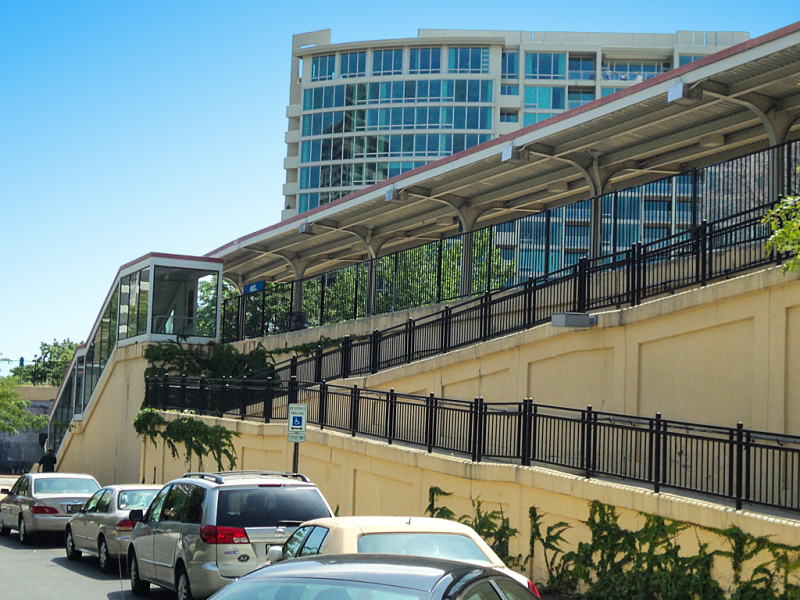People with disabilities are often left out of TOD planning—and it’s a huge missed opportunity
/
On many TOD projects, accommodations for people with disabilities are not considered until after a project is substantially planned and even built. At best, this means project leads have to go back and retrofit stations and their surrounding development to accommodate people with limited mobility. At worst, it means these places are not accessible for people with disabilities and older adults.